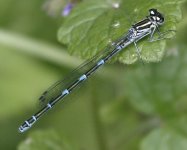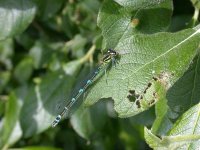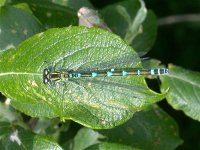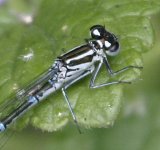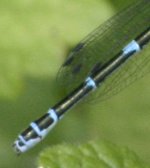Paul Rule
Well-known member
Can anyone help to ID this Damselfly.
Seen at Paxton Pits (Cambs) last Friday. The nearest I can find in my field guide is female Dainty Damselfly, but I doubt if I could have been lucky enough to find one of those, so I would appreciate some expert help here.
Paul
Seen at Paxton Pits (Cambs) last Friday. The nearest I can find in my field guide is female Dainty Damselfly, but I doubt if I could have been lucky enough to find one of those, so I would appreciate some expert help here.
Paul




